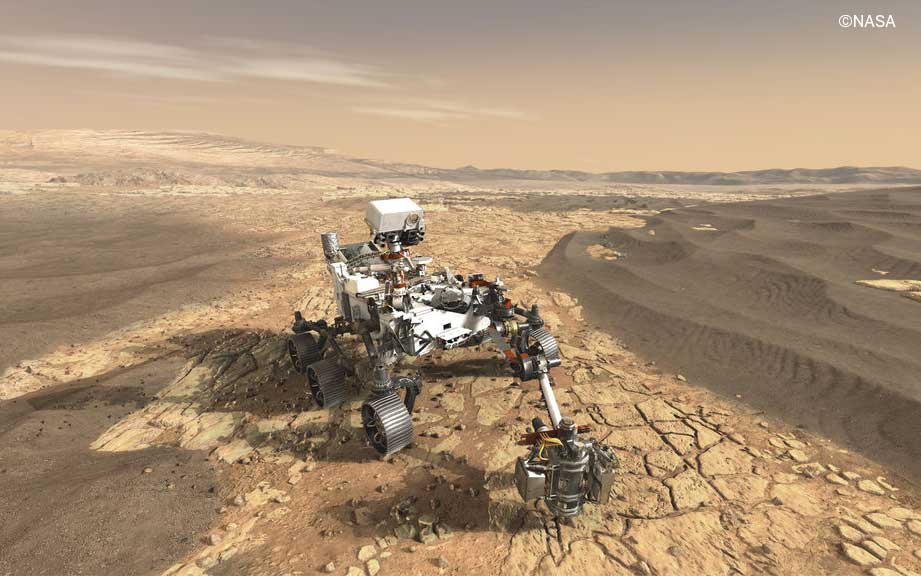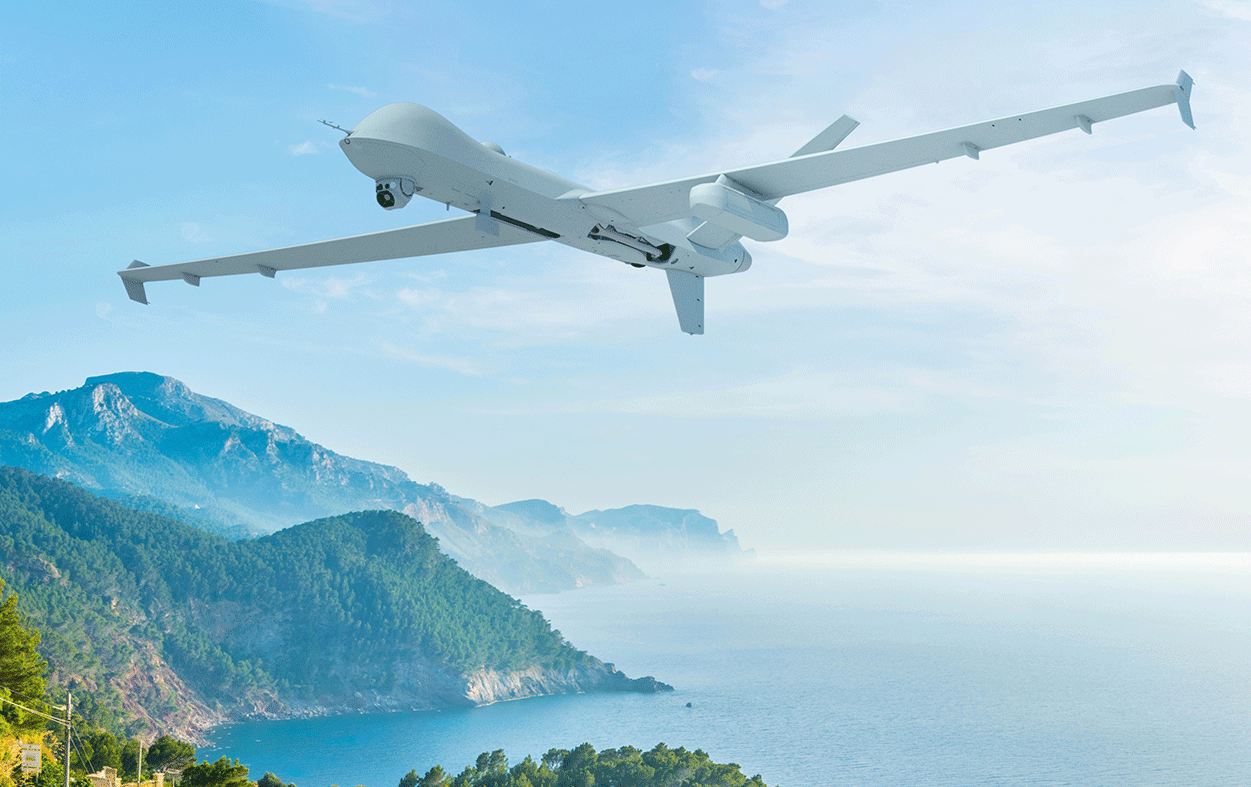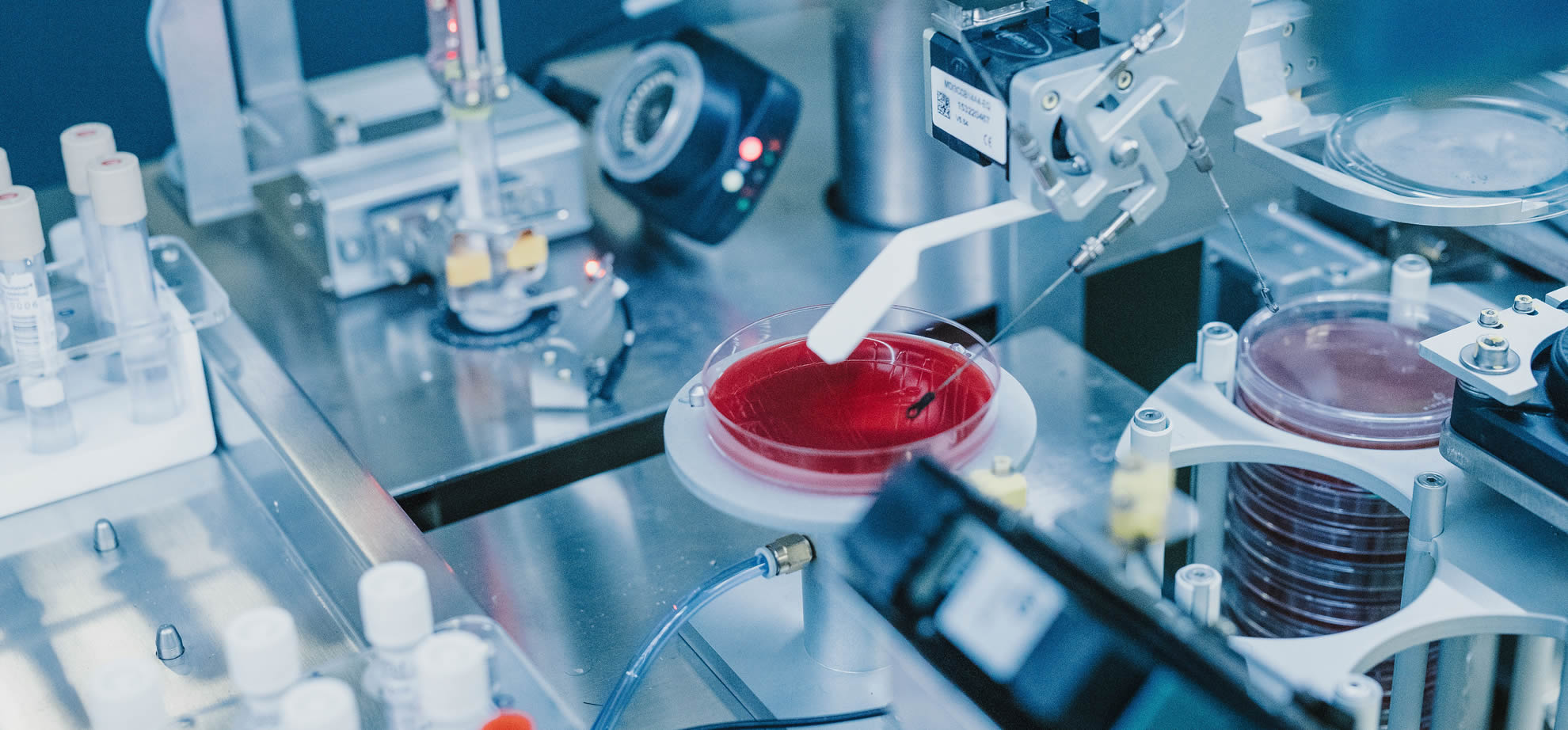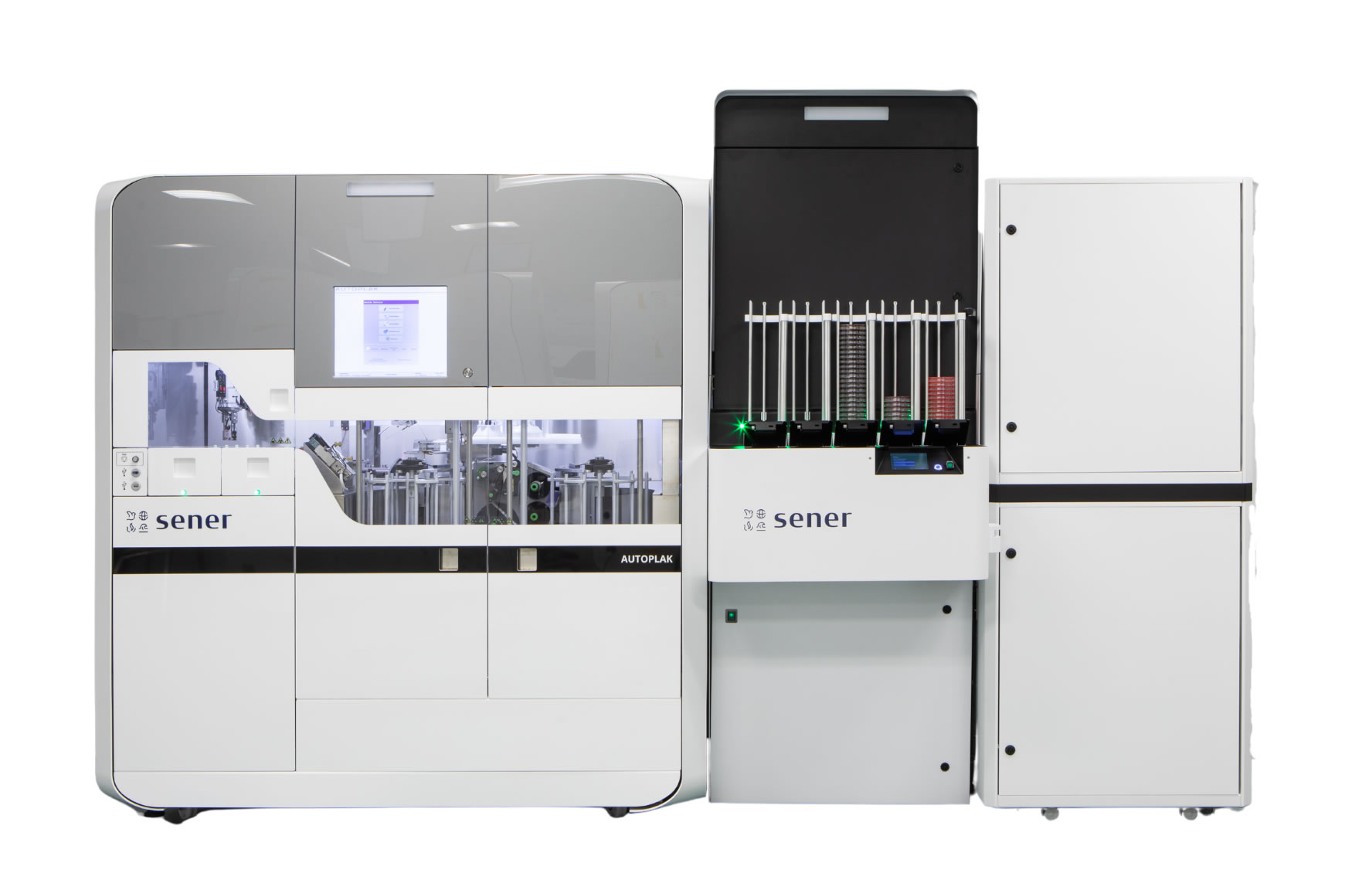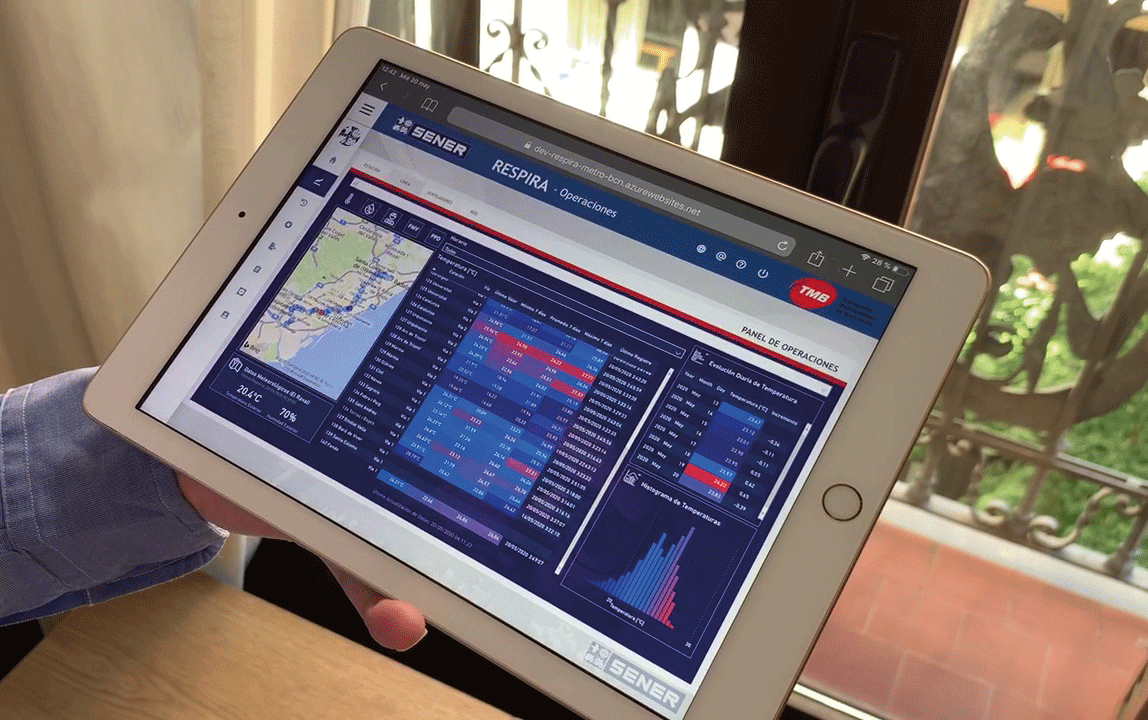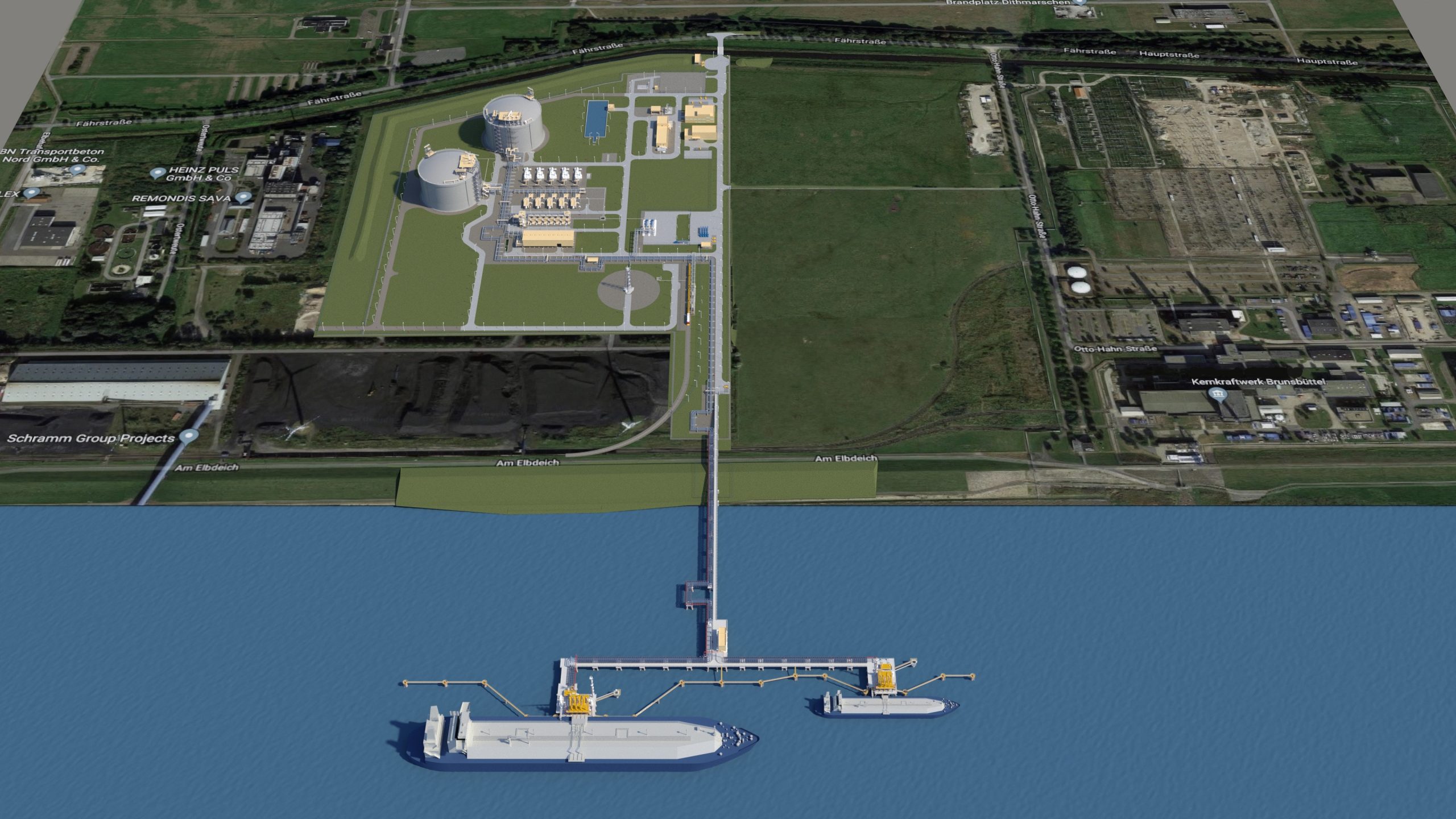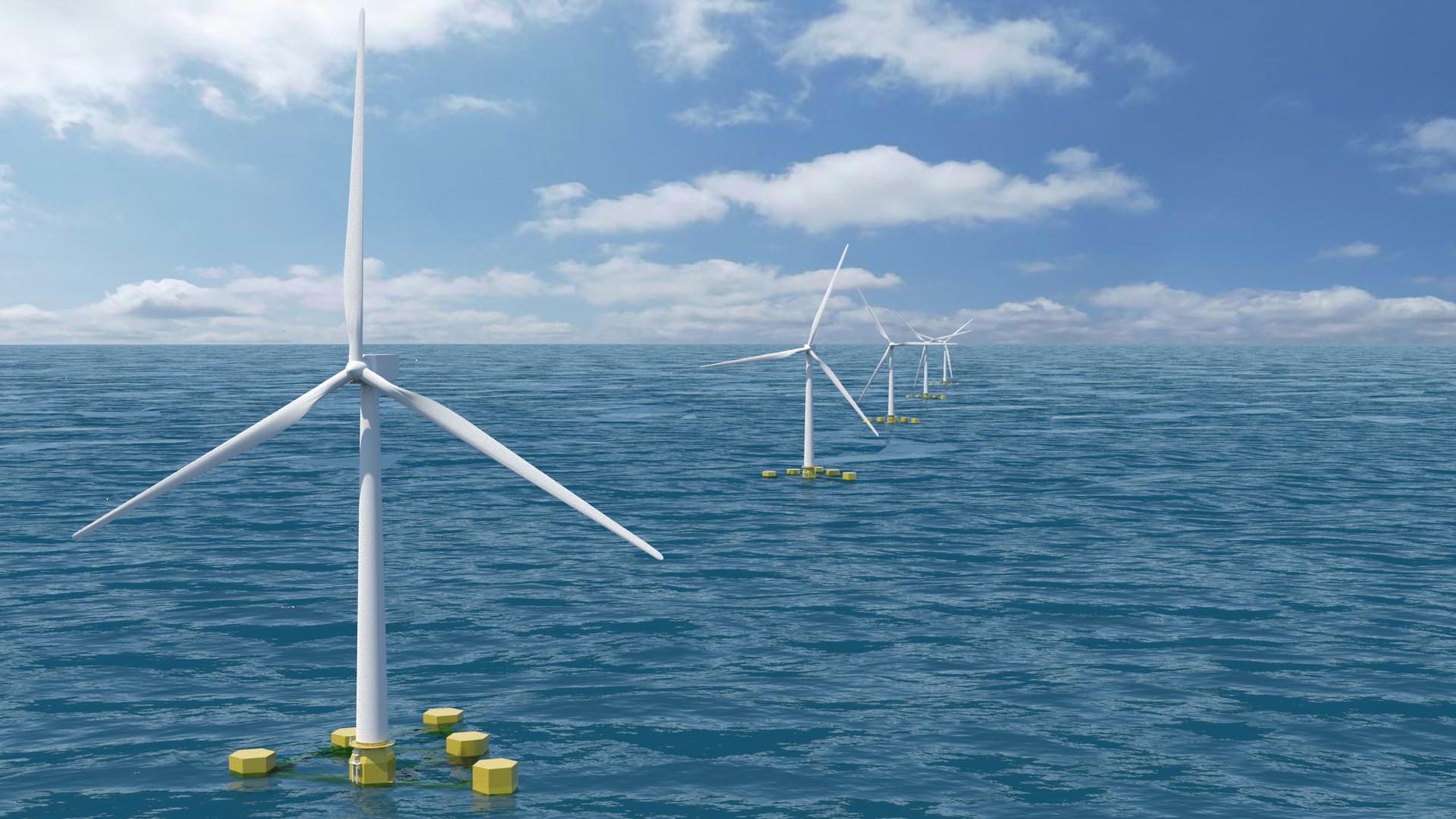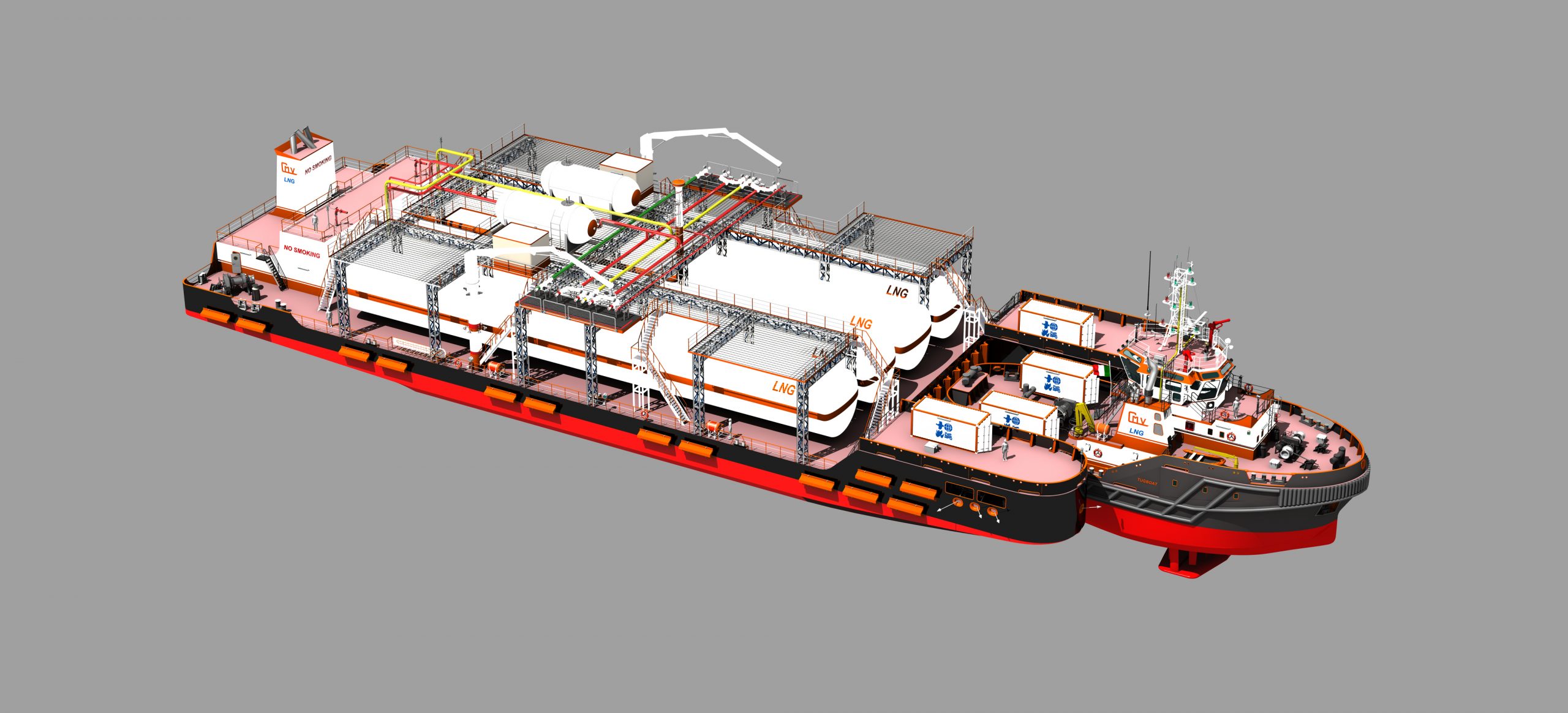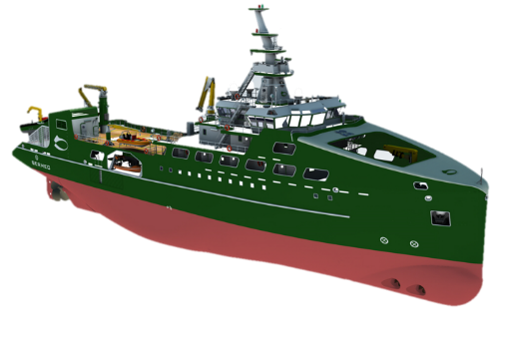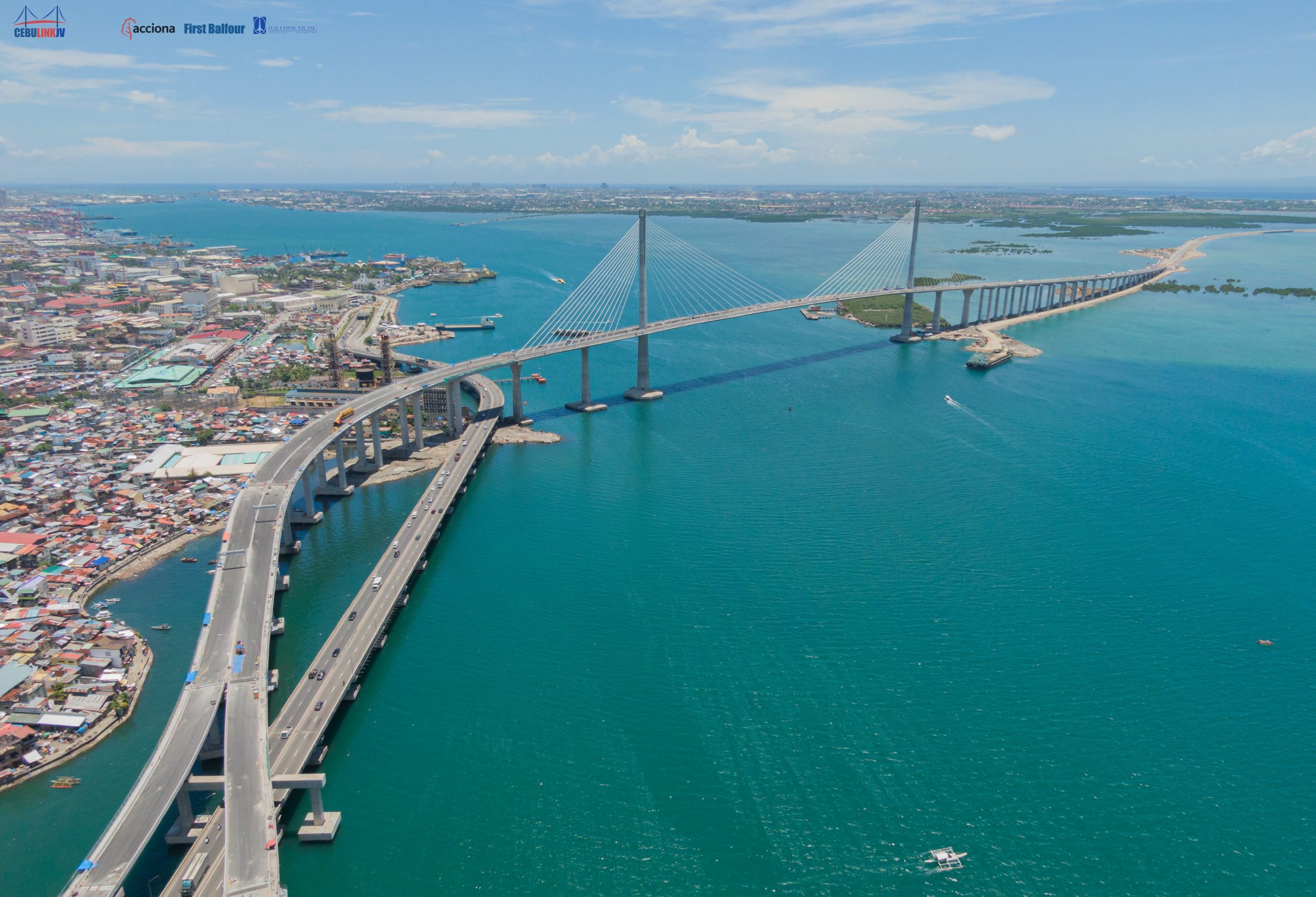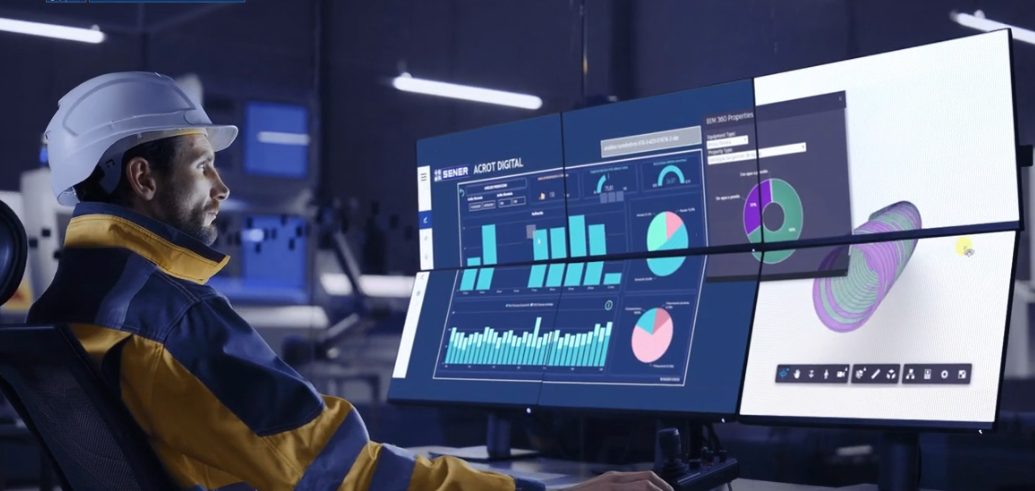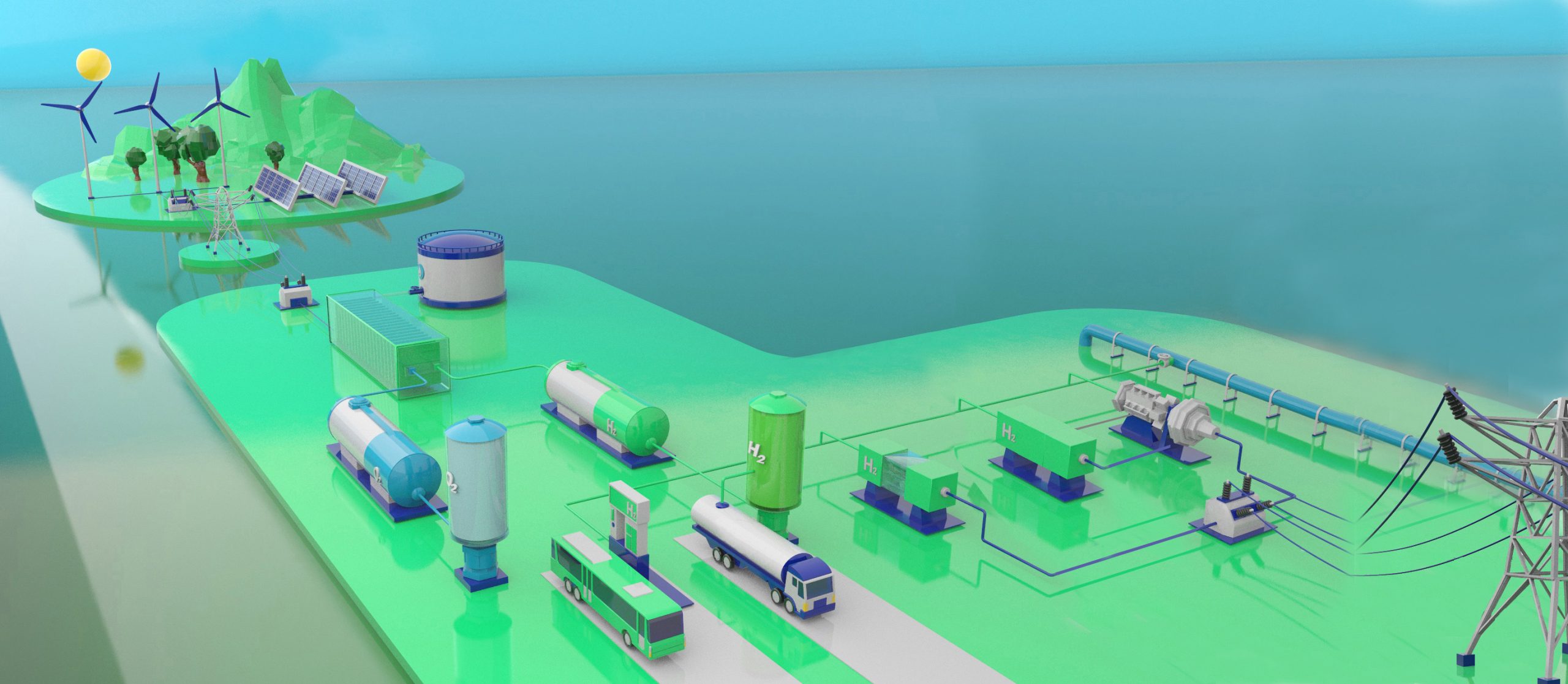The two Proba-3 satellites are ready for environmental test campaign.
- The status of the program, as well as the finalized integration of the two Proba-3 satellites, have been presented to ESA and the Spanish & Belgium delegations during a visit to the cleanroom located at the Redwire Space facility in Kruibeke (Belgium).
- During this visit, Sener Aerospace & Defense and Redwire Space confirmed the readiness of the satellites in view of the environmental test campaign.
- This is the first time a Spanish company, Sener Aerospace & Defense, has led the full development of a European Space Agency mission.
The Proba-3 program, spearheaded by Sener Aerospace & Defense -the project’s prime contractor for the European Space Agency (ESA)- has reached a major milestone, completing all the integration & testing activities planned before the start of the environmental test campaign of both satellites.
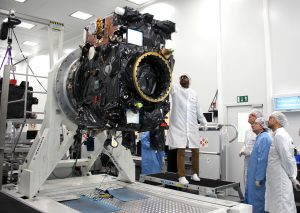
Proba-3 aims to achieve, for the first time, a high-precision formation flight between two platforms in space and demonstrate the readiness of a technology that, in the future, can be used to replace bulky structures (such as telescopes) with small independent platforms. Those are easier to launch into space and can be combined to form large assemblies that work as a single entity, while achieving equivalent performance.
Proba-3 will apply this technology to perform scientific observations, taking images of the sun’s corona through a coronagraph instrument placed in one of the spacecrafts. Formation flying technology entails placing one of the two satellites in front of the instrument’s lens, thus blocking out the sun’s disk and creating an artificial eclipse in flight. Doing this in space, at a distance of 150 m, will achieve unprecedented performance in coronagraphy and, therefore, will bring highly valuable scientific outcomes.
During the visit to the Redwire Space facility, the status of the activities and the different challenges addressed by the Industrial team were presented to the Spanish & Belgium delegates as well as to representatives of the different ESA directorates involved in the project (Technology, Operations, Science). The parallel design and manufacturing of two spacecrafts, the development of cutting-edge formation flying technologies, the high level of autonomy implemented in the on-board algorithms and related operations, and the need to safely coordinate maneuvers between two platforms moving very closely in space, among other challenges, make this mission particularly ambitious. Furthermore, the development of the main instrument, the coronagraph, was presented by CSL.
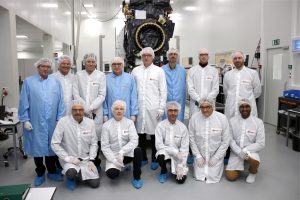
The environmental test campaign of both satellites is now starting with the RF auto-compatibility tests and the mass properties measurements at Redwire Space. After completing this first phase, the satellites will be shipped in April in order to continue the test campaign in Ottobrunn (Germany) using the mechanical & thermal test facilities of IABG.
Proba-3 satellites will be launched in early 2024. Then, following the usual launch and early orbit phase (LEOP) -including the separation of the stack configuration into two independent satellites- an orbital verification phase will take place before the handover to ESA, which will operate the system for the remainder of the mission life.
Proba-3, first precision formation flying mission
Proba-3 is the world’s first high-precision formation flying mission in space. The two satellites will stay 150 m apart, forming a large rigid virtual structure, with a relative accuracy between them on the order of millimeters and arcseconds. They will be used to validate the technology needed for precision formation flying.
Formation flying will be a key technique for future space science missions. Among other things, it will be used to develop large telescopes whose main elements (such as lenses and detectors) need to be located far away from one another while at the same time holding their relative positions and distances with a high degree of accuracy and stability. This technology will bypass the need to resort to heavy and bulky deployable structures, which may not fit in current launchers or, at best, would make them extremely expensive to put into orbit and operate.
Scientific study of the Sun
In addition to the demonstration mission, Proba-3 will conduct a scientific study of the Sun’s corona. To do this, the two satellites will create a 150-m long coronagraph that will be able to study the Sun’s corona closer to the surface than ever before. The satellites will make up what is called a coronagraph with an external occulter, such that one of the satellites prevents sunlight from directly reaching the camera on the instrument mounted on the other, leaving only the Sun’s corona visible. This will be done fully autonomously, with no intervention from the ground to actively control the formation, creating an artificial six-hour eclipse over the second satellite every day.
Sener Aerospace & Defense is leading the Proba-3 mission, for which it is fully responsible, in close collaboration with an industrial team consisting of Redwire Space, Airbus Defence and Space in Spain, GMV Space and Defence and Spacebel, which encompasses a broad industrial consortium of more than 29 companies from 17 different countries. This is the first time that a Spanish company has led the full development (i.e., is responsible for the entire flight and ground system) of a European Space Agency mission.
Proba-3 is part of ESA’s General Support Technology Programme (GSTP), and Spain’s participation was made possible thanks to the support of the CDTI (Center for Technological and Industrial Development).
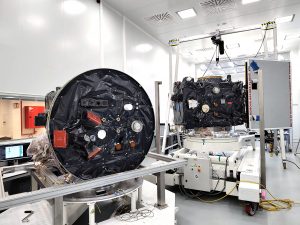
 About us
About us About us / section
About us / section Markets
Markets Markets / section
Markets / section Projects
Projects Careers
Careers Careers / section
Careers / section
